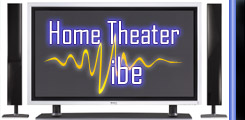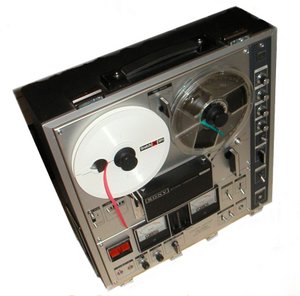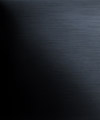Other Brands
A subwoofer is a loudspeaker which reproduces bass frequencies from about 5 Hz to about 90 Hz. Frequencies 16 Hz or lower are more felt than heard. more...
So-called subwoofers which reproduce frequencies from about 35 Hz to about 150 Hz are more properly described as bass modules than true subwoofers. It is difficult for small loudspeakers to reproduce frequencies below 40 Hz, especially above 100 dB, and so it is often advantageous to use a loudspeaker dedicated to this task.
Overview
Subwoofers use drivers (woofer) with cones typically coming in 10" or 12" sizes, but can be as large as 34", and as small as 4". Diameter tends to be advantageous because low frequencies involve shifting a great deal of air; a recent trend has been for high excursion, i.e., how far the cone can linearly travel from its resting position; for example, some can move much as 2.5" in or out, yielding an overall displacement of 5" (this is controlled movement range).
Subwoofers are usually powered by a high power amplifier, and often an electronic crossover ensures that higher frequencies will not be directed to the subwoofer.
The need to reproduce these frequencies has increased since older formats, such as vinyl records, have been displaced by digital formats, such as CD, and particularly 5.1 formats such as Dolby Digital, in which the ".1" channel is dedicated solely to the subwoofer. The .1 channel is usually dedicated to extended bass frequencies, for example, the low frequencies of a gunshot, string bass, or thunder. This track is often used aggressively by mixing artists.
Applications
Professional audio
Subwoofers are found in professional applications such as live concerts, movie theatres, various other sound reinforcement applications (ranging from nightclubs to theme restaurants) and studios. Some of these applications require subwoofers designed for very high sound levels, such as the JBL 4645 – certified for THX movie theatres – which uses an 18" driver (woofer). Note that movie theatre speakers (situated behind a perforated screen) typically use 15" drivers (woofers), so the use here is only to reproduce the lowest frequencies at high sound pressure levels.
Large concert sound systems always use subwoofers (referred to as "subs" by the engineers and crew). The bulk of the sound system is usually "flown" (suspended from the ceiling by chain hoists) and the subs are usually stacked on the stage or the ground in front of the stage to the left and right of the performance space.
An unusual example of the use of sub-woofers came with the release of Earthquake in 1974 where they used a system called Sensurround to create a feeling of an earthquake. This was simply a set of large sub-woofers designed to create infra-bass (felt but not heard). Similar systems are used in theme park rides, such as "Days of Thunder," which uses sound to simulate a physical impact.
Read more at Wikipedia.org



